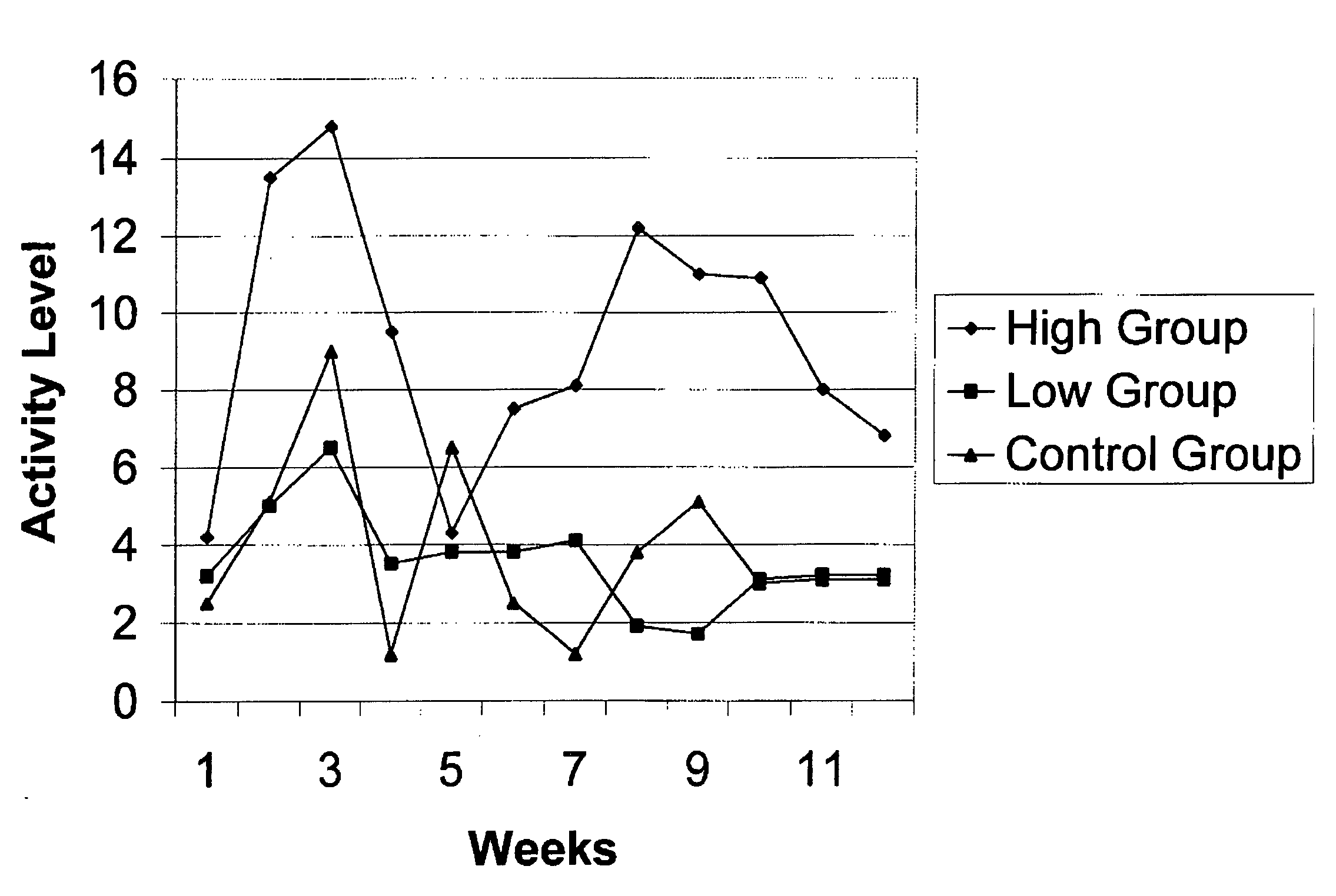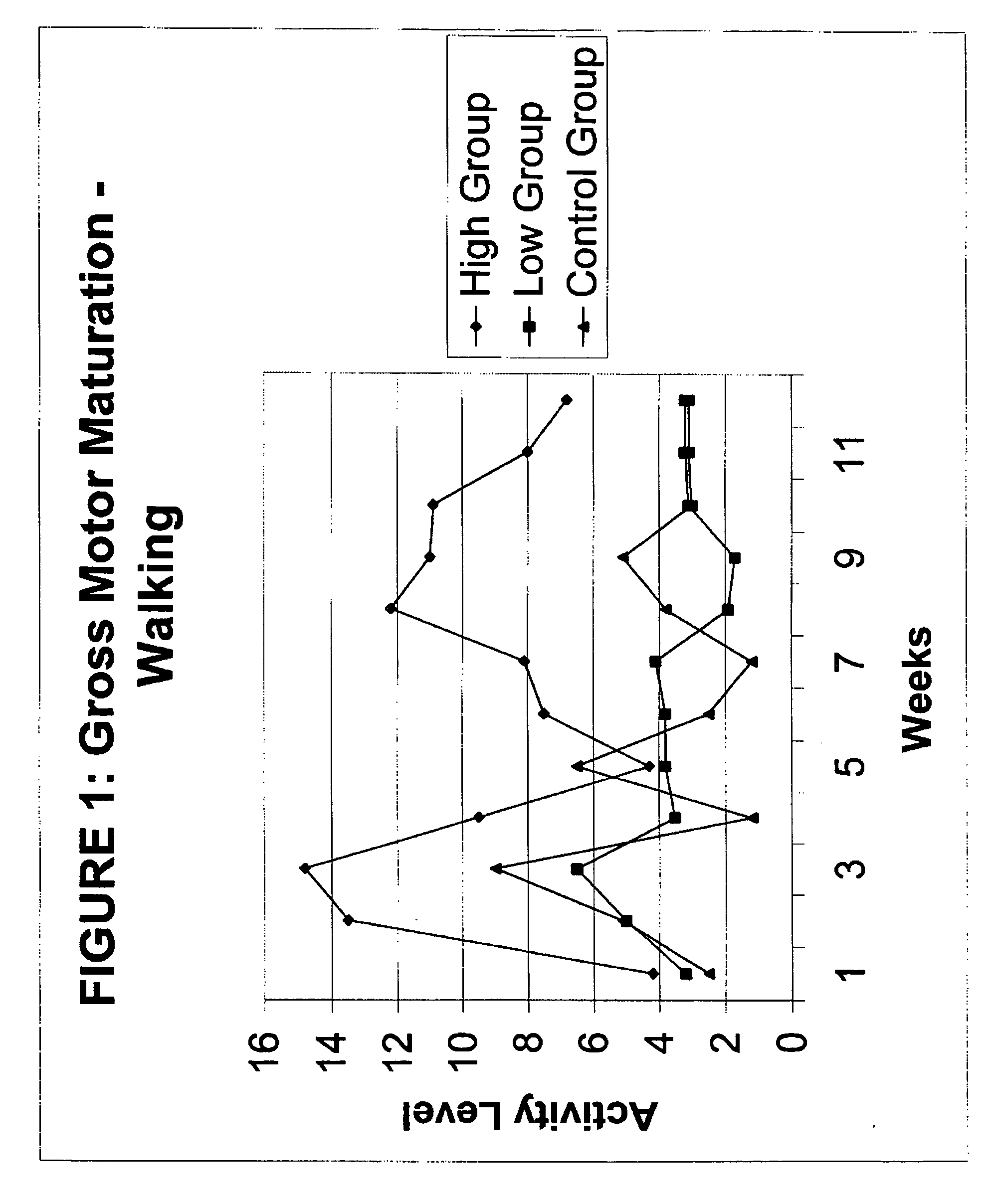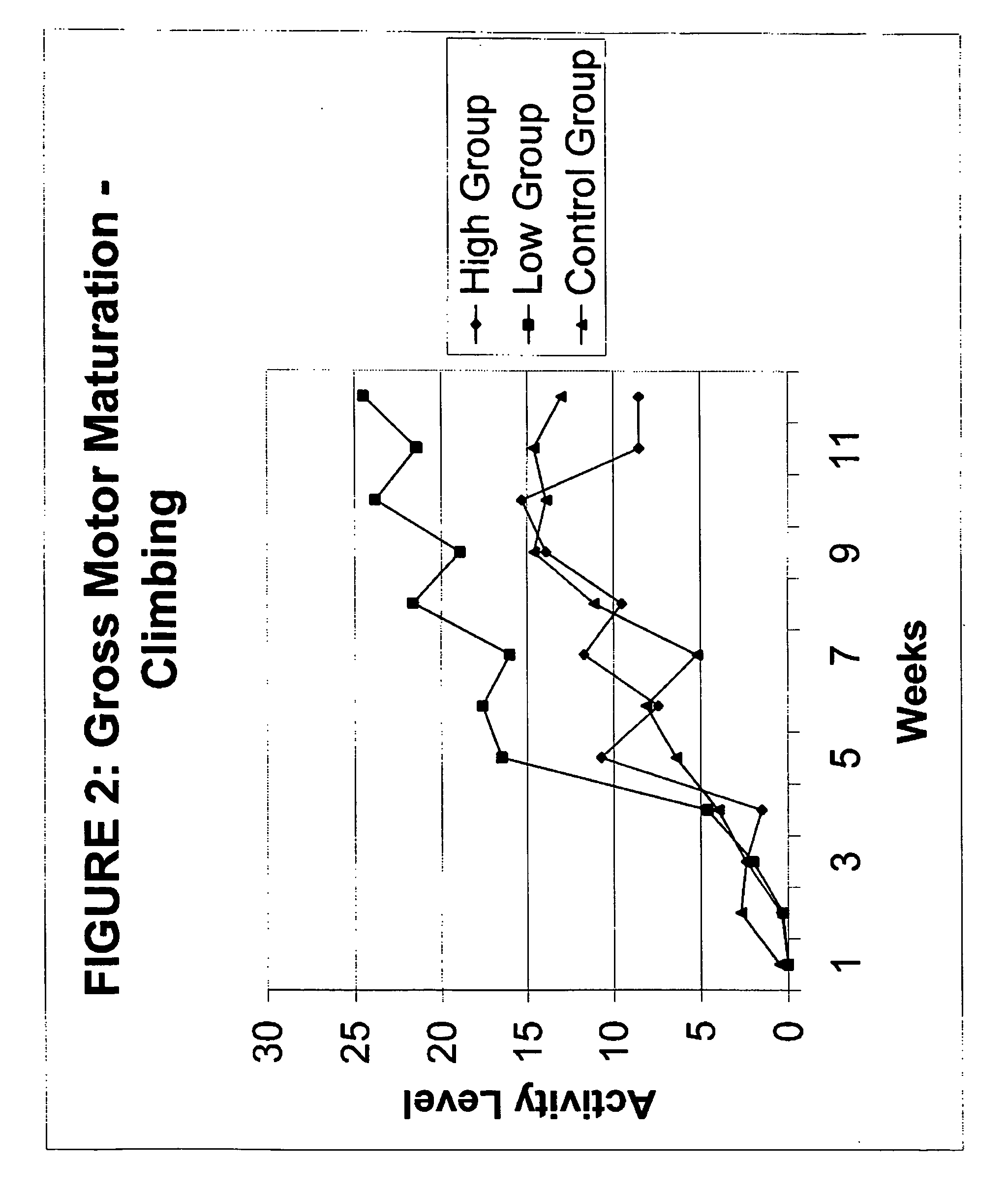Method of reducing manganese in defatted soy isolate
- Summary
- Abstract
- Description
- Claims
- Application Information
AI Technical Summary
Benefits of technology
Problems solved by technology
Method used
Image
Examples
Embodiment Construction
[0048] The present invention comprises infant formula such as may be used for feeding to a neonate as a replacement for female human breast milk. Advantageously, the infant formula of the present invention has a reduced manganese concentration level and, more particularly, has a manganese concentration that is preferably no greater than about ten times the manganese concentration in female human breast milk. Also provided in the present invention is the infant formula that is soy-based.
[0049] The infant formula preferably has a manganese concentration that is no greater than about ten times that of female human breast milk. Also disclosed is a method of reducing manganese concentration in infant formula by using a chelating agent. Although it is contemplated that the infant formula of the present invention is soy-based, other aspects of the present invention described herein that may be practiced with infant formula may be based on cow's milk, goat's milk, and rice as well as other...
PUM
 Login to View More
Login to View More Abstract
Description
Claims
Application Information
 Login to View More
Login to View More - R&D
- Intellectual Property
- Life Sciences
- Materials
- Tech Scout
- Unparalleled Data Quality
- Higher Quality Content
- 60% Fewer Hallucinations
Browse by: Latest US Patents, China's latest patents, Technical Efficacy Thesaurus, Application Domain, Technology Topic, Popular Technical Reports.
© 2025 PatSnap. All rights reserved.Legal|Privacy policy|Modern Slavery Act Transparency Statement|Sitemap|About US| Contact US: help@patsnap.com



